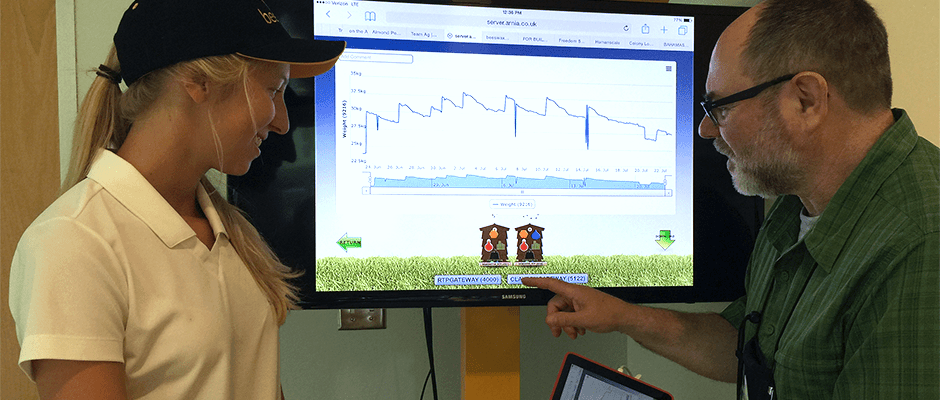Share this article
Smart hives and healthy colonies
How does a beekeeper know if his honey bee colonies are healthy? Traditionally, it required going to the apiary, taking the lid off a hive and removing each individual frame of comb with adhering bees for inspection. Beekeepers with numerous hives in many apiaries, which might be widely dispersed, may only get to inspect an individual hive once every few weeks, and often even less frequently than that.
Over the past three decades, honey bee challenges have increased dramatically. These challenges have included, among other things, the introduction of two species of parasitic bee mites (Varroa destructor and Acarapis woodi), small hive beetle, a new species of a bee gut parasite (Nosema ceranae), increased exposure to beekeeper-applied bee protection products, greater demand for honey bees to provide pollination services, and closer proximity to agriculture and crop protection products. As a result of all of these challenges, honey bee colony health can change for the worse very quickly. Therefore, it is now essential to monitor colony health status and implement corrective actions on a much more frequent basis than would traditionally be the case.
The Bayer Bee Care Center in Research Triangle Park, North Carolina, has developed the Healthy Colony Checklist process for rapidly assessing honey bee colony health status and determining the most effective corrective actions needed. This can be done as frequently as deemed necessary, but once every one-two weeks seems to be the most practical. Continuous remote monitoring of key indicators of colony health is a great complement to actually opening hives for inspections. This is the strength of Smart Hives, which use digital technology to measure and report hive weight changes, brood temperature and potentially many other factors if the correct sensors are used on a close to real-time basis.
Smart Hives can detect hive weight changes that may indicate many things, including:
- Presence of a nectar flow;
- When a colony is short on food;
- If a colony is being robbed by other bees;
- Hive disturbance by bears or vandals; and/or
- When part of the colony has left the hive as a swarm.
Some of the things brood temperature can indicate include the presence of brood, queen failure, relocation of brood area and colony disturbance.
There are quite a few companies making Smart Hive systems now, including Arnia, SolutionBee and BroodMinder, to name a few. Features may vary between manufacturers; however, the basics remain the same – monitor hive weight and brood temperature as a minimum, make the data available by download and then upload to the internet for display on a webpage. Also, most sites include helpful information on how to interpret the numbers and trends.
The benefit of remote hive monitoring with Smart Hives is the quick notification of changes in colony conditions that can be linked to key events in the environment or internal to the hive. This information allows for more precision in timing and directing management tasks, which can reduce operating costs by improving efficacy and effectiveness of management efforts. It is true… Smart Hives = Healthy Colonies!
Are you a beekeeper, or do you know a beekeeper who would like more information on what constitutes a healthy colony? Reference Bayer’s Healthy Colony Checklist, and read more about how ongoing monitoring is essential to honey bee health here.
Header Image: Kiosk and iPad Smart Hive data visualization. ©Bayer Bee Care








